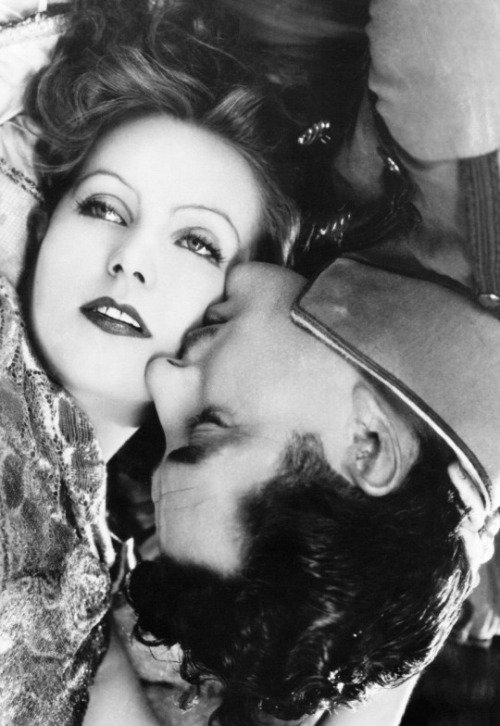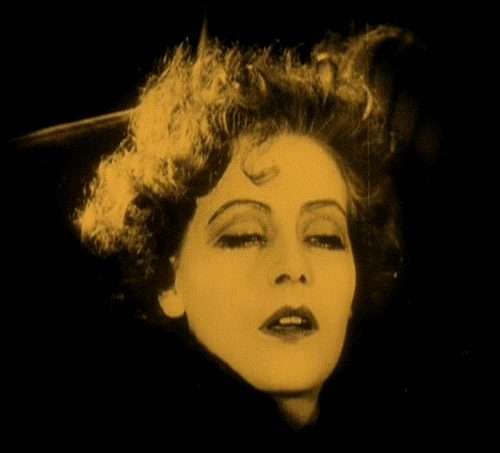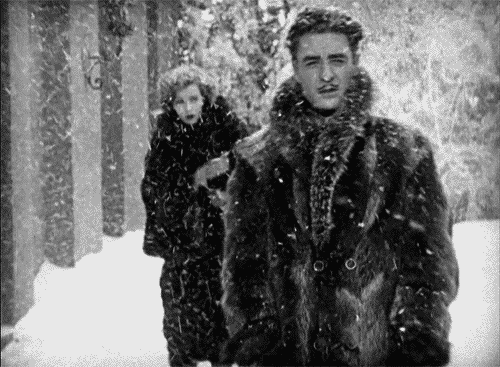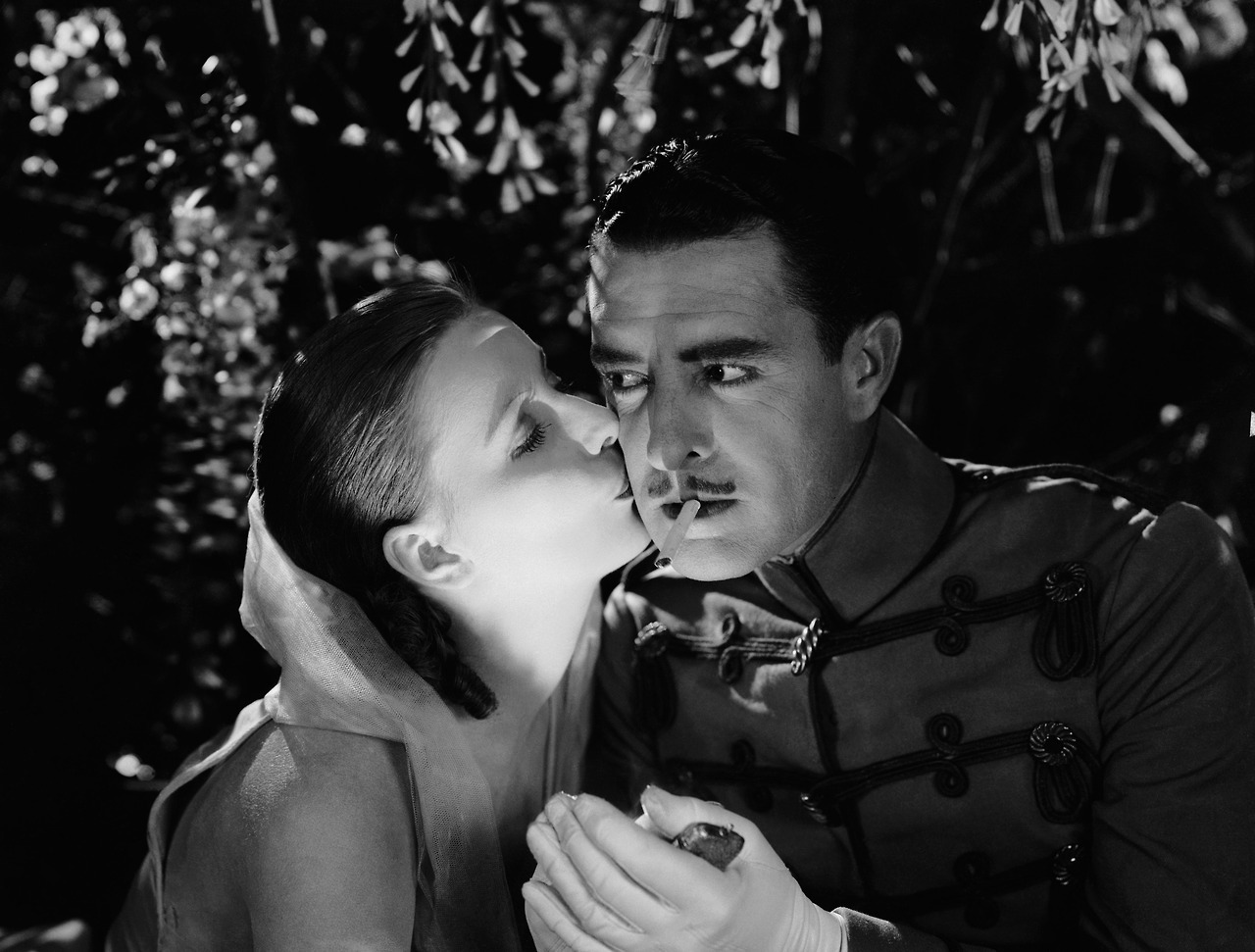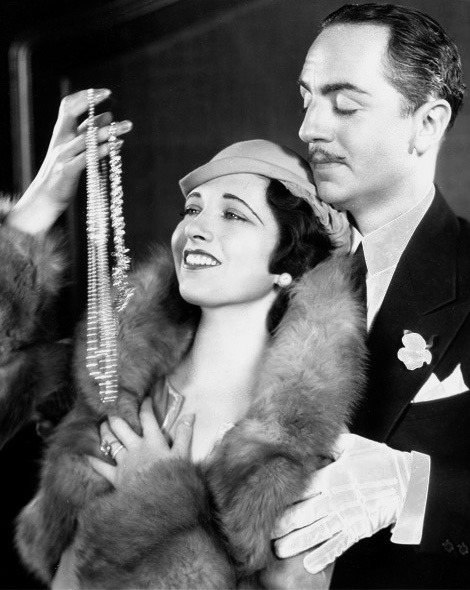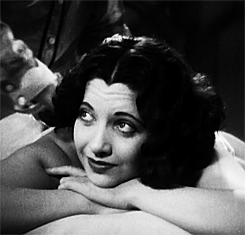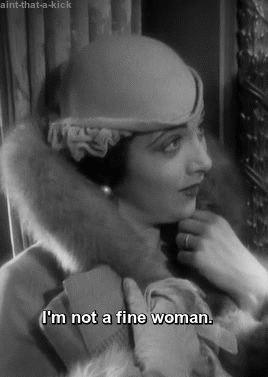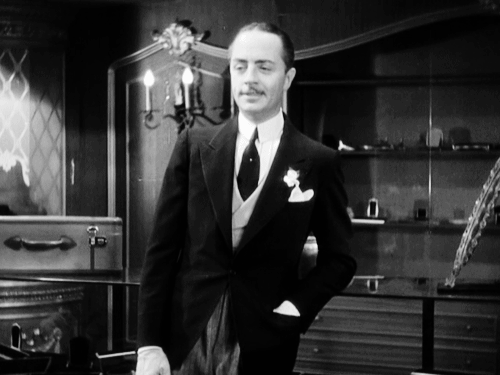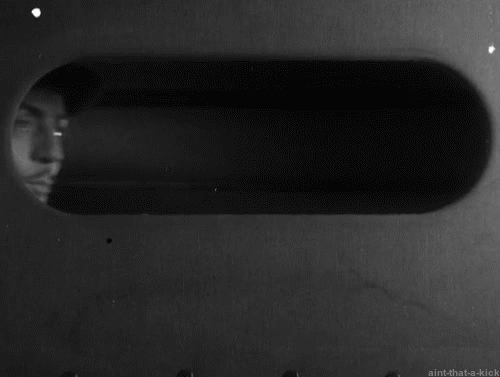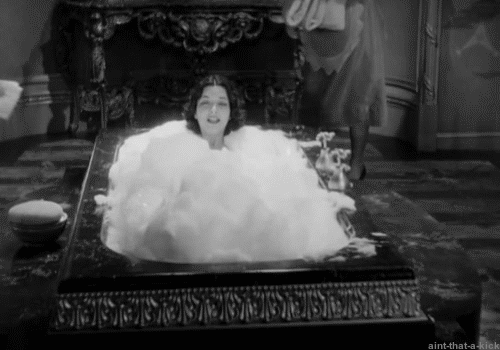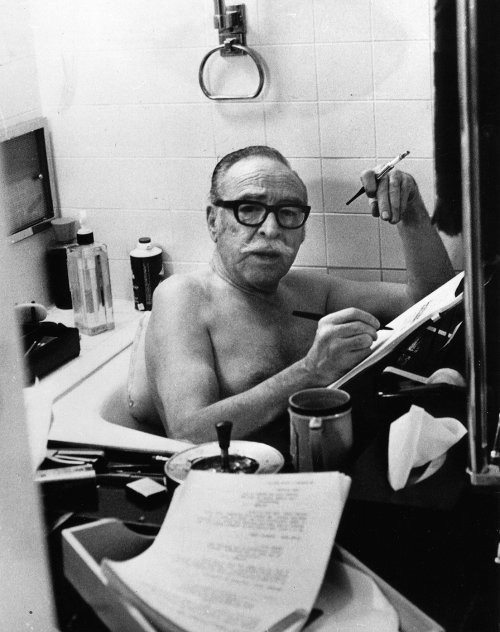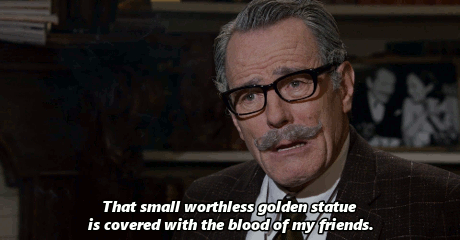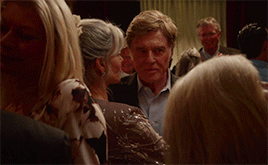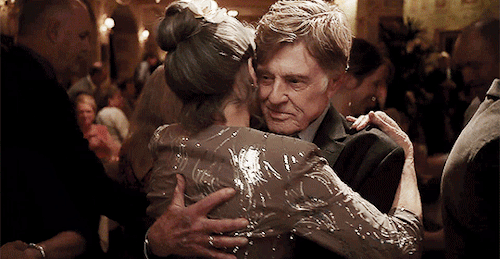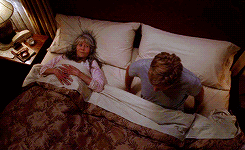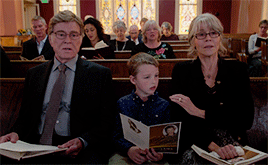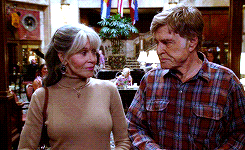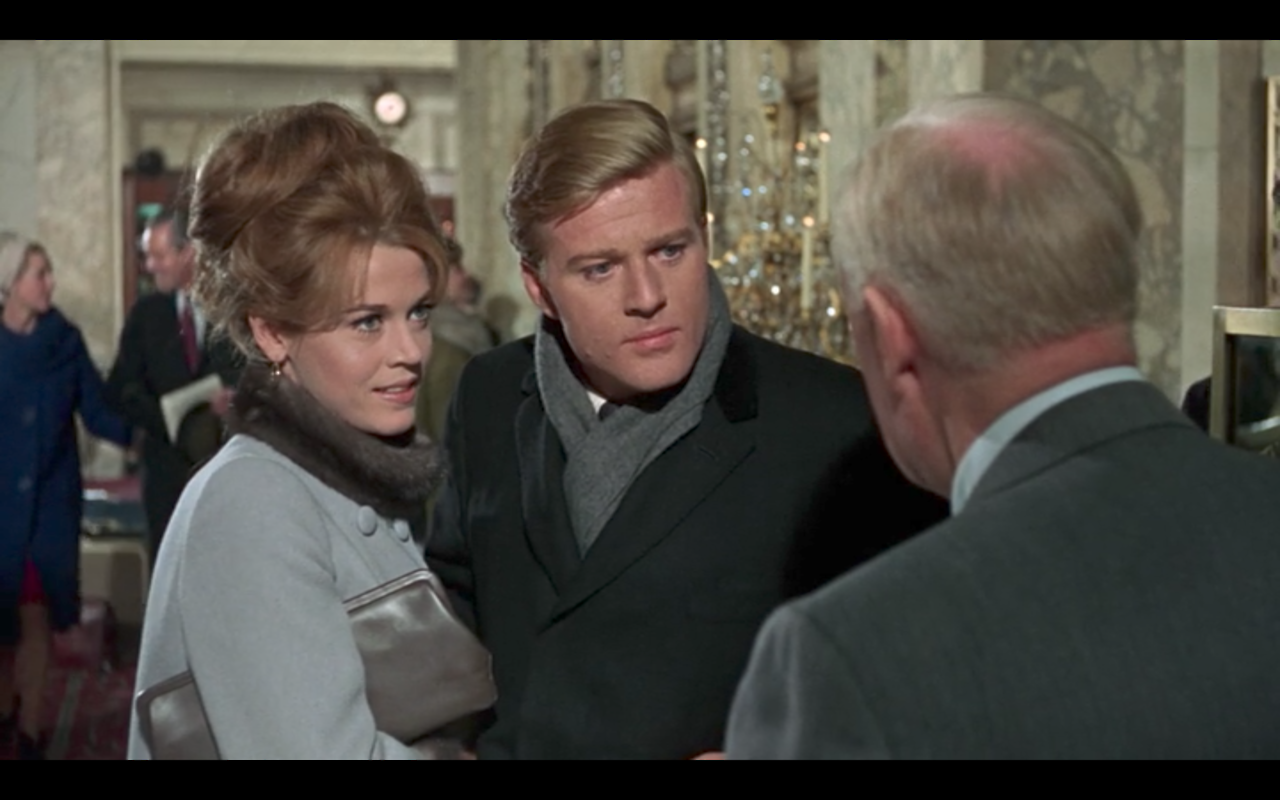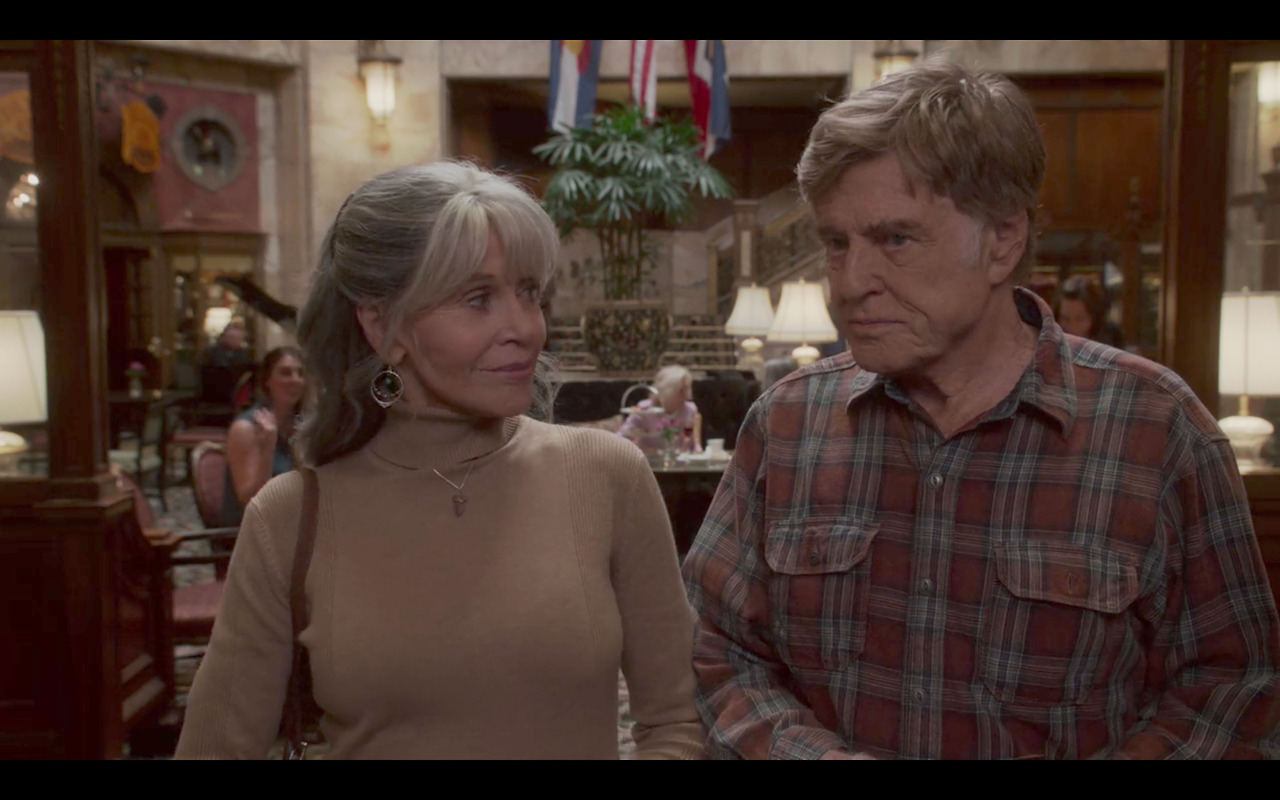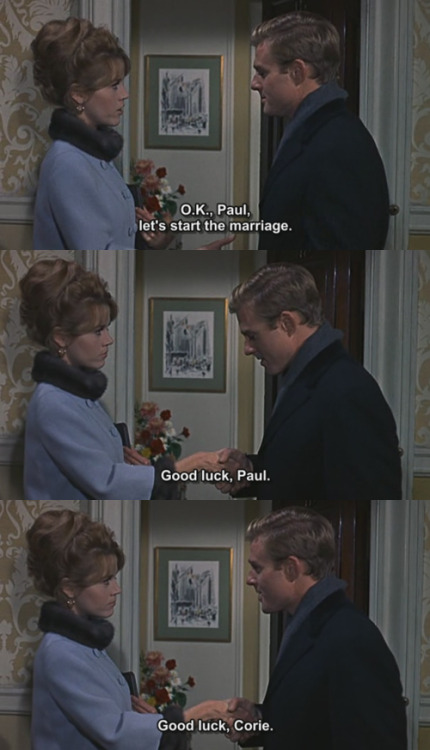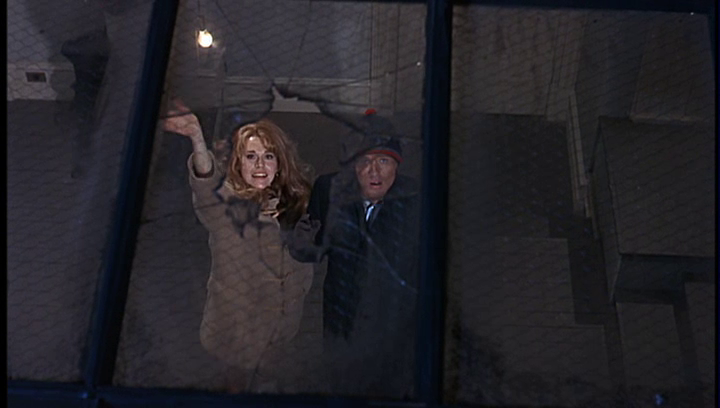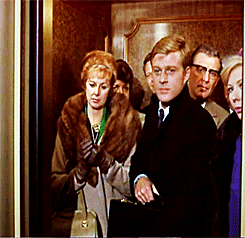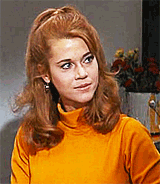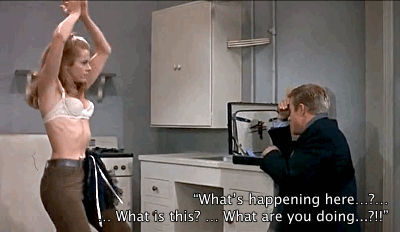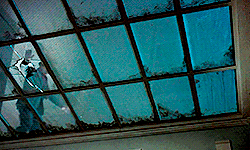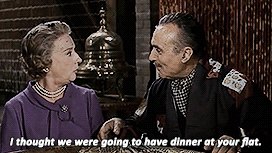Nós, enquanto
cinéfilos, estamos sempre fazendo escolhas. Temos de escolher nosso filme
favorito, atriz, ator, diretor, roteirista, dupla e década favorita da história
do cinema. E então vamos um passo adiante e temos de escolher nosso filme
favorito com nosso ator ou atriz favorita – ou talvez listar um TOP 5.
Felizmente, fazer esta escolha não é muito difícil para mim.
We, as cinephiles, are
always making choices. We have to choose our favorite film, actress, actor,
director, screenwriter, screen duo and favorite decade for movies. And then we
go a step further and have to choose a favorite film from our favorite actress
and actor – or maybe a top 5. Thankfully, making this choice is not so
difficult for me.
Greta Garbo é uma das
minhas atrizes favoritas. Conforme eu explorava a lista AFI 100 anos – 100
lendas do cinema, encontrei um nome familiar no quinto lugar: Greta Garbo. E
então quando eu a vi, eu fiquei muito surpresa. Eu nunca havia visto uma pessoa
tão bonita na minha vida – eu tinha então 16 anos e, caramba, até hoje ainda
não vi ninguém tão bonito quanto ela. Eu nunca havia visto a perfeição, mas eu
descobri que ela existiu, e trabalhou em Hollywood entre 1925 e 1941.
Greta Garbo is one of my
favorite actresses. As I perused the AFI 100 years – 100 legends list, I found
a familiar name in the fifth place: Greta Garbo. And then when I saw her, I was
incredibly surprised. I had never seen such a beautiful person in my life – I
was then 16 years old, and damn, I still haven’t seen anyone as beautiful as
her. I had never seen perfection, but I found out it existed, and worked from
1925 until 1941 in Hollywood.
Se eu tivesse que
escolher meu filme favorito com Garbo, eu responderia, sem pensar duas vezes:
“O Diabo e a Carne” (1926). Mais do que um drama ou um romance, este é um filme
maravilhosamente executado, e que apresenta alguns dos mais belos efeitos já
produzidos pelo cinema mudo.
If I had to choose my
favorite Garbo film, I would answer without second thought: “Flesh and the
Devil” (1926). More than a drama or a romance, this is a beautifully crafted
movie, and one that shows some of the best effects the silent cinema has
produced.
Greta Lovisa Gustafsson
começou a trabalhar em filmes publicitários quando tinha 15 anos. Aos 16 ela
foi aceita na Academia Real de Arte Dramática de Estocolmo. Seu filme de 1924,
“A Saga de Gosta Berling”, foi um sucesso internacional. No ano seguinte, Louis
B. Mayer contratou o diretor do filme, Mauritz Stiller – e Stiller exigiu que
Garbo também fosse contratada.
Greta Lovisa Gustafsson
started working in advertising films when she was 15. At 16 she was accepted at
the Royal Dramatic Theater Academy in Stockholm. Her 1924 film, “Gösta Berlings
Saga”, was an international success. The following year, Louis B. Mayer hired
the director of the film, Mauritz Stiller – and Stiller demanded Garbo to be
hired with him.
Mayer disse que poderia
transformar a jovem atriz sueca em uma estrela. E ele conseguiu. Stiller tinha
dúvidas sobre ir para Hollywood ou trabalhar na Alemanha. Greta inclusive fez
um filme alemão, “Rua das Lágrimas” (1925), no qual tem um bom papel, mas a
real estrela do filme é Asta Nielsen. Garbo voltou da Alemanha mais bem vestida
e mais segura de si.
Mayer said he could turn the
young Swedish actress into a star. And he did. Stiller had doubts about going
to Hollywood or working in German. Greta actually went to make a German film,
“Joyless Street” (1925), in which she has a good role, but the real star of the
picture is Asta Nielsen. Garbo came back from Germany better dressed and more
secure.
Isso foi pouco
comparado com as mudanças pelas quais ela passou em Hollywood. Ao chegar aos
Estados Unidos em 1925, Garbo perdeu peso, mudou o corte de cabelo e consertou
os dentes. Seu primeiro teste de câmera não interessou a ninguém na MGM, mas o
segundo, seguindo algumas dicas da atriz Lillian Gish, foi um sucesso.
This was little compared to
the change Hollywood would make. Arriving in the US in 1925, Garbo lost weight,
changed her hairstyle and had her teeth fixed. Her first screen test didn’t
interest anyone at MGM, but her second one, following some tips by actress
Lillian Gish, was a success.
Os caminhos de Lillian
Gish e Greta Garbo se cruzariam novamente. Elas se conheceram no set de “La
Bohème”, e mais tarde Greta visitou Lillian no set de “A Letra Escarlate”.
Lillian quase conseguiu o papel principal em “O Diabo e a Carne”, mas Garbo foi
escalada para o papel – de uma vamp. Você consegue imaginar Lillian Gish como
uma vamp? Nem eu.
Lillian Gish’s and Greta
Garbo’s paths would cross again. They first met on the set of “La Bohème”, and
later Garbo visited Gish on the set of “The Scarlett Letter”. Gish was
considered for the lead role of “Flesh and the Devil”, but Garbo was cast
instead – as a vamp. Could you imagine Lillian Gish playing a vamp? Me neither.
“O Diabo e a Carne” foi
o terceiro filme de Garbo em Hollywood. Ele fala sobre dois amigos de infância,
Leo (John Gilbert) e Ulrish (Lars Hanson), que se apaixonam pela mesma mulher,
Felicitas (Garbo). Ironicamente, Felicitas significa “sorte” – algo que os
amigos não terão após conhecê-la.
“Flesh and the Devil” was
Garbo’s third Hollywood movie. It was about two childhood friends, Leo (John
Gilbert) and Ulrich (Lars Hanson), who fall in love with the same woman,
Felicitas (Garbo). Ironically, Felicitas means “good fortune” – something the
friends won’t have after knowing her.
Quando Leo e Felicitas
se conhecem, é amor à primeira vista. Temos aqui a rara oportunidade de ver não
apenas dois personagens, mas duas pessoas se apaixonando – como Garbo e Gilbert
fizeram na vida real. Era um tempo difícil para Garbo, que estava trabalhando
muito e foi proibida de ir à Suécia para o funeral de sua irmã. Ela não queria
trabalhar em “O Diabo e a Carne”, mas tudo mudou quando ela conheceu Gilbert.
When Leo and Felicitas first
meet, it is love at first sight. We have here the rare opportunity to see not
only two characters, but two people fall in love – like Garbo and Gilbert did
in real life. It was a difficult time for Garbo, who was over-worked and was
forbidden go to Sweden to attend her sister’s funeral. She didn’t want to work
on “Flesh and the Devil”, but things changed when she met Gilbert.
Gilbert era mais
conhecido e influente que Garbo, então ele ensinou diversas técnicas de atuação
para ela e a apresentou para seu empresário, Harry Edington. Com o sucesso de
“O Diabo e a Carne” e a ajuda de Edington, Garbo pôde renegociar seu salário e
escolher os tipos de papéis que fazia.
Gilbert was more famous and
influent than Garbo, so he coached her acting and introduced her to his
business manager, Harry Edington. With the success of “Flesh and the Devil” and
Edington’s help, Garbo could renegotiate her salary and choose the kinds of
roles she played.
Aqueles efeitos
incríveis em “O Diabo e a Carne” foram criados pelo director de fotografia
William H. Daniels. Daniels havia estreado no cinema com “Esposas Ingênuas”
(1922) e se tornaria o diretor de fotografia favorito de Garbo. Além de
deixá-la o mais bonita possível através de um jogo de luz e sombra, Daniels
também trabalhou para criar duas cenas incríveis: o momento em que Garbo e
Gilbert dividem uma chama e o duelo visto pelas sombras.
Those amazing effects in
“Flesh and the Devil” were crafted by cinematographer William H. Daniels.
Daniels had started with “Foolish Wives” (1922) and would become Garbo’s
favorite director of photography. Besides making her the most beautiful he
could through light, Daniels also worked to create two great scenes: the
lighting of the cigarette and the duel in shadows.
Podemos dizer que a
maior parte do que conhecemos como Greta Garbo – talvez um toque Garbo? –
começou a se desenvolver em “O Diabo e a Carne”. Não é apenas o nascimento de
uma lenda do cinema, de uma verdadeira estrela – é um clímax na própria arte de
fazer filmes.
We can say that most that
was later known as Garbo – maybe a Garbo touch? – started being developed in
“Flesh and the Devil”. It’s not only the birth of a film legend, a real star –
it is a climax in filmmaking itself.
